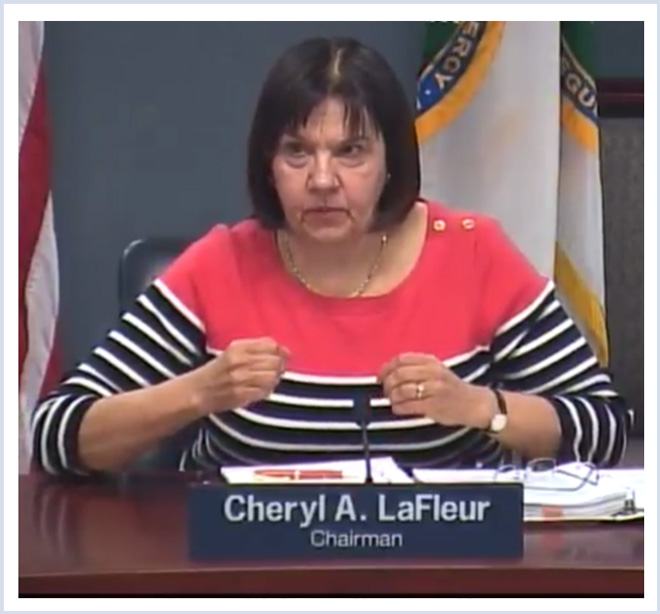By Rich Heidorn Jr.
WASHINGTON — Members of the Federal Energy Regulatory Commission said last week they are trying to craft the commission’s role in administering a “safety valve” to ensure reliability is not threatened by the Environmental Protection Agency’s proposed carbon emission rule.
Speaking at the third of four FERC technical conferences on the EPA Clean Power Plan, Commissioner Philip Moeller said he hopes the commission will reach consensus on a “very specific” safety valve proposal to the agency.
Janet McCabe, EPA’s acting Assistant Administrator for the Office of Air and Radiation, repeated her promise — also made at FERC’s first conference Feb. 19 — that the agency’s final regulations this summer will be responsive to criticism of its initial proposal. (See EPA on Carbon Rule: We’re Listening.)
Responding to Moeller, McCabe said that although she couldn’t yet provide specifics on a safety valve, she expected “that we will be able to have a conversation as the rule moves closer to final on how to handle that both within the rule and … as we look at implementation expectations.”
FERC Chairman Cheryl LaFleur said the commission could work with RTOs and the North American Electric Reliability Corp. to “develop a record” on the reliability impact of shuttering individual power plants and the time needed to construct pipelines or transmission.
But she said she had misgivings about the commission having a formal adjudicatory role in disputes between state officials seeking deadline extensions and environmental groups pushing them to do more. “I don’t see us comfortably looking at, ‘How good is your rooftop solar program? Have you really maximized [it]? What are you doing with energy efficiency?’” she said. “… You get on thin jurisdictional ice pretty fast.
“I think we either need to develop a list of questions we’ll answer and stick to those questions and the EPA will, I guess, weigh them, or work out an approach with others such as the states which have their fingers on other parts of it,” she added.
The ISO-RTO Council has said that EPA’s final rule must include provisions for reliability reviews to address problems that may arise during implementation.
“Because of the limited nature of the scenarios we studied — and the fact that the rule itself is not yet final, nor have state plans been developed — we are simply not in a position to make definitive conclusions as to the reliability impacts of the Clean Power Plan on the PJM footprint,” Mike Kormos, PJM executive vice president of operations, said in written testimony. “… The answer to the question, ‘is it reliable?’ is not a ‘once-and-done’ inquiry.”
Ohio Public Utilities Commissioner Asim Haque said he supports the concept of FERC, NERC or RTOs performing a “reliability check” on state implementation plans. But he said the third-party review must be one of “mediation” rather than mandatory.
“If the states cannot [resolve the reliability concerns], then in my mind the [emission] rates need to be adjusted … so that the reliability concern is allayed,” he said.



